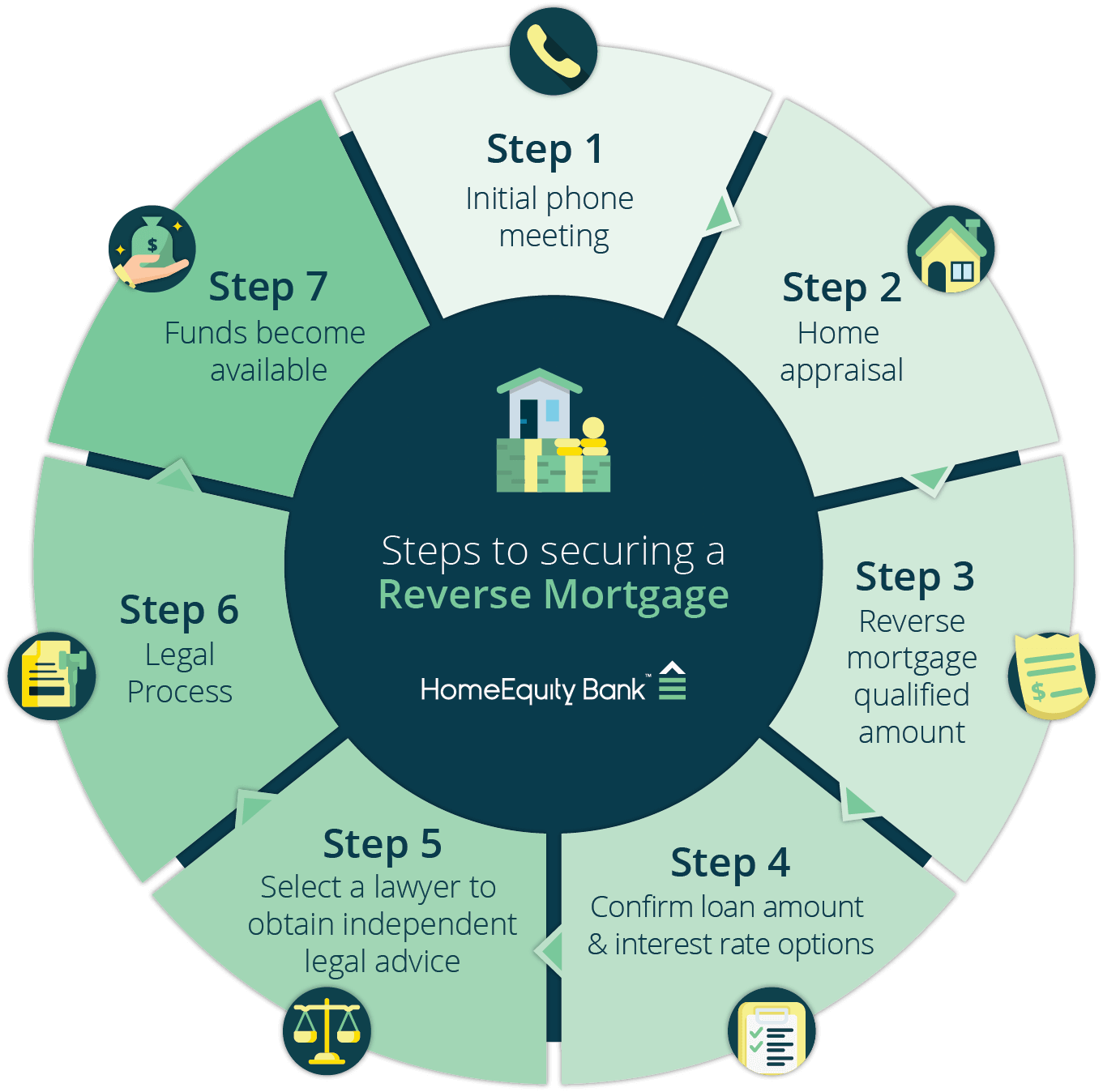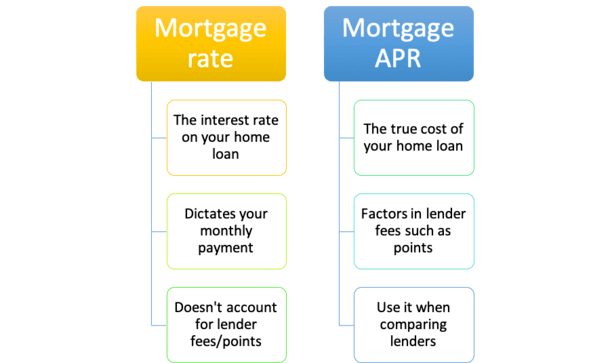However the scars of the crisis are still visible in the American housing market, which has undergone a pendulum swing in the last decade. In the run-up to the crisis, selling your timeshare a real estate surplus triggered mortgage loan providers to provide loans to anyone who could fog a mirror just to fill the excess stock.
It is so stringent, in reality, that some in the property market think it's contributing to a housing scarcity that has actually pushed house prices in many markets well above their pre-crisis peaks, turning more youthful millennials, who came of age during the crisis, into a generation of renters. "We're actually in a hangover phase," stated Jonathan Miller, CEO of Miller Samuel, a genuine estate appraisal and consulting firm.
[The market] is still distorted, and that's because of credit conditions (what banks give mortgages without tax returns)." When lenders and banks extend a mortgage to a house owner, they typically do not make money by holding that home mortgage with time and collecting interest on the loan. After the savings-and-loan crisis of the late 1980s, the originate-and-hold model became the originate-and-distribute model, where lenders issue a home loan and offer it to a bank or to the government-sponsored business Fannie Mae, Freddie Mac, and Ginnie Mae.
Fannie, Freddie, Ginnie, and investment banks purchase thousands of home loans and bundle them together to form bonds called mortgage-backed securities (MBSs). They offer these bonds to investorshedge funds, pension funds, insurance provider, banks, or just wealthy individualsand use the earnings from selling bonds to buy more home mortgages. A house owner's monthly mortgage payment then goes to the shareholder.
The Only Guide for Hedge Funds Who Buy Residential Mortgages
But in the mid-2000s, providing standards worn down, the housing market ended up being a big bubble, and the subsequent burst in 2008 impacted any financial institution that bought or provided mortgage-backed securities. That burst had no single cause, but it's simplest to start with the homes themselves. Historically, the home-building industry was fragmented, made up of small building companies producing houses in volumes that matched local demand.
These business built homes so rapidly they outmatched demand. The result was an oversupply of single-family homes for sale. Home mortgage loan providers, that make cash by charging origination fees and hence had a reward to compose as many mortgages as possible, reacted to the excess by attempting to put purchasers into those houses.

Subprime home mortgages, or home loans to individuals with low credit history, took off in the run-up to the crisis. Deposit requirements slowly decreased to nothing. Lenders started turning a blind eye to income confirmation. Soon, there was a flood of risky types of home loans developed to get people into houses who couldn't typically pay for to purchase them.
It provided debtors a below-market "teaser" rate for the first 2 years. After two years, the rate of interest "reset" to a greater rate, which frequently made the regular monthly payments unaffordable. The concept was to refinance prior to the rate reset, however many homeowners never ever got the opportunity before the crisis started and credit became not available.
A Biased View of How A Simple Loan Works For Mortgages
One research study concluded that real estate financiers with good credit rating had more of an effect on the crash because they wanted to quit their investment homes when the marketplace began to crash. They actually had greater delinquency and foreclosure rates than customers with lower credit history. Other data, from the Home Loan Bankers Association, examined delinquency and foreclosure starts by loan type and found that the biggest jumps by far were on subprime mortgagesalthough delinquency rates and foreclosure starts rose for each kind of loan throughout the crisis (who has the lowest apr for mortgages).
It peaked later on, in 2010, at nearly 30 percent. Cash-out refinances, where homeowners refinance their mortgages to access the equity developed in their homes over time, left property owners little margin for error. When the market started to drop, those who 'd taken money out of their homes with a refinancing suddenly owed more on their houses than they deserved.
When homeowners stop paying on their home loan, the payments also stop streaming into the mortgage-backed securities. The securities are valued according to the expected mortgage payments being available in, so when defaults started accumulating, the value of the securities plummeted. By early 2007, people who operated in MBSs and their derivativescollections of debt, consisting of mortgage-backed securities, charge card financial obligation, and auto loans, bundled together to form new kinds of investment bondsknew a disaster will occur.
Panic swept throughout the monetary system. Monetary organizations hesitated to make loans to other institutions for worry they 'd go under and not be able to pay back the loans. Like property owners who took cash-out refis, some business had borrowed heavily to purchase MBSs and could quickly implode if the market dropped, especially if they were exposed to subprime.
4 Simple Techniques For What Percentage Of National Retail Mortgage Production Is Fha Insured Mortgages
The Bush administration felt it had no choice but to take over The original source the business in September to keep them from going under, however this only caused more hysteria in monetary markets. As the world waited to see which bank would be next, suspicion fell on the investment bank Lehman Brothers.
On September 15, 2008, the bank filed for personal bankruptcy. The next day, the government bailed out insurance giant AIG, which in the run-up to the collapse had actually provided incredible quantities of credit-default swaps (CDSs), a kind of insurance on MBSs. With MBSs unexpectedly worth a fraction of their previous worth, bondholders desired to collect on their CDSs from AIG, which sent the company under.
Deregulation of the financial market tends to be followed by a financial crisis of some kind, whether it be the crash of 1929, the cost savings and loan crisis of the late 1980s, or the housing bust ten years ago. However though anger at Wall Street was at an all-time high following the occasions of 2008, the financial market left fairly untouched.
Lenders still sell their home loans to Fannie Mae and Freddie Mac, which still bundle the home loans into bonds and offer them to investors. And the bonds are still spread throughout the financial system, which would be susceptible to another American real estate collapse. While this naturally generates alarm in the news media, there's one essential distinction in real estate finance today that makes a financial crisis of the type and scale of 2008 not likely: the riskiest mortgagesthe ones without any down payment, unverified income, and teaser rates that reset after 2 yearsare merely not being written redweek timeshare rentals at anywhere near the exact same volume.
The 6-Second Trick For How Many Mortgages In One Fannie Mae

The "competent home loan" provision of the 2010 Dodd-Frank reform bill, which entered into impact in January 2014, gives lenders legal defense if their home mortgages fulfill specific safety arrangements. Competent home loans can't be the type of dangerous loans that were released en masse prior to the crisis, and debtors need to meet a certain debt-to-income ratio.
At the very same time, banks aren't providing MBSs at anywhere close to the same volume as they did prior to the crisis, due to the fact that investor demand for private-label MBSs has dried up. how did clinton allow blacks to get mortgages easier. In 2006, at the height of the housing bubble, banks and other personal institutionsmeaning not Freddie Mac, Fannie Mae, or Ginnie Maeissued more than 50 percent of MBSs, compared to around 20 percent for much of the 1990s.